
Oban’s still house, like Royal Lochnagar’s, suggests a heavy, sulphury whisky style due to its small, onion-shaped stills and the use of worm tubs for condensing. Yet, Oban’s character is notably light and fruity, achieved through innovative practices. To increase copper interaction, essential for a lighter spirit, the distillery runs its worm tubs hot and […]

Ncn’ean (pronounced Nook-knee-anne) is a farm distillery situated on the Morvern peninsula in Scotland, known for its commitment to sustainability and innovation. Its name is derived from Neachneohain, a witch-queen from Scots Gaelic folklore who “rode on the storm and marshalled the rambling host of wanderers under her grim banner.” True to its name, Ncn’ean […]
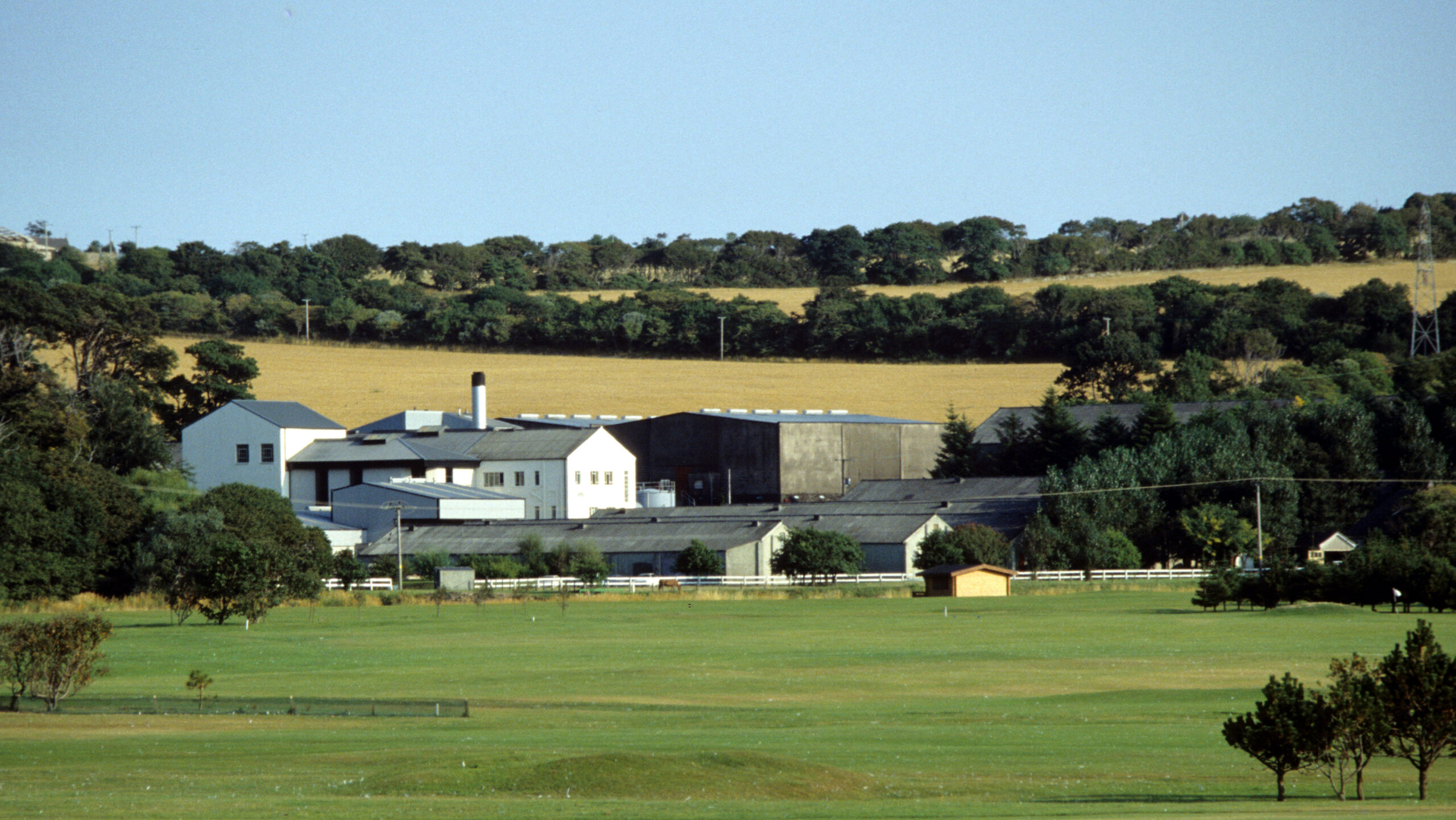
Macduff distillery, located in the fishing port of Macduff on the banks of the River Deveron near the Moray Firth, is a seaside distillery with a clean and functional design by Delme-Evans. It features a classic stillhouse with five stills—two wash stills and three spirit stills. These stills are distinguished by upward-tilting lyne arms, each […]
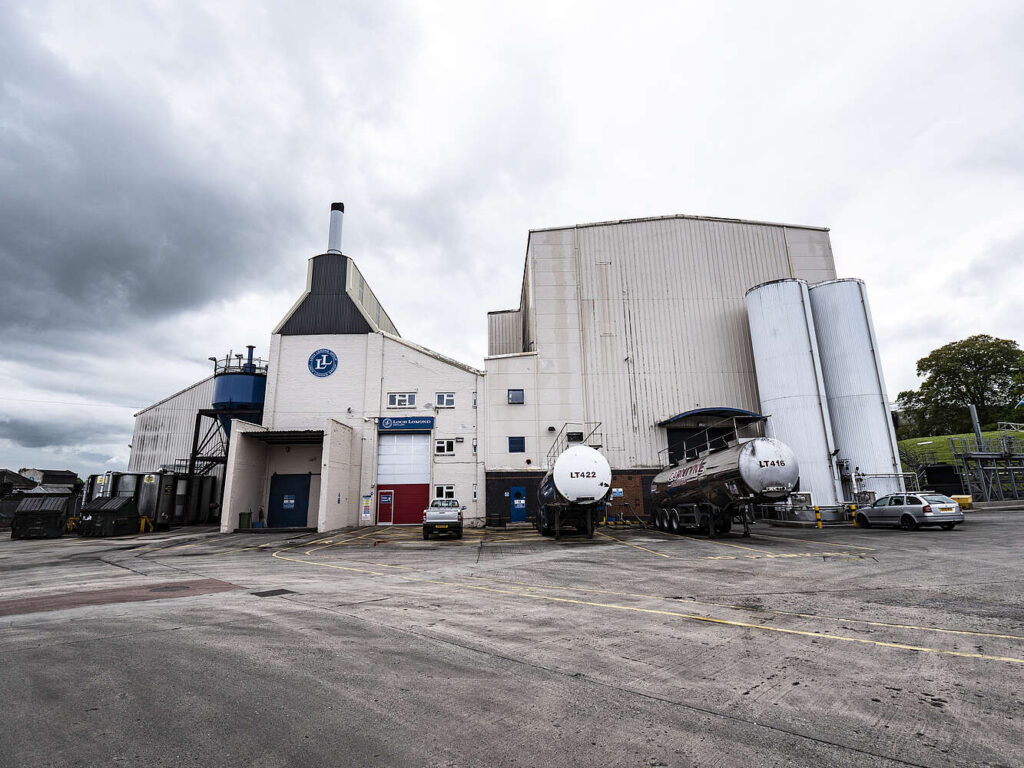
Loch Lomond Distillery was originally set up with the vision of being self-sufficient, producing all its own ingredients for whisky production. This innovative approach led to the development of unique distillation methods. The original distillery featured pot stills with rectifying plates in their necks, known as Lomond stills, which allowed for the creation of different […]
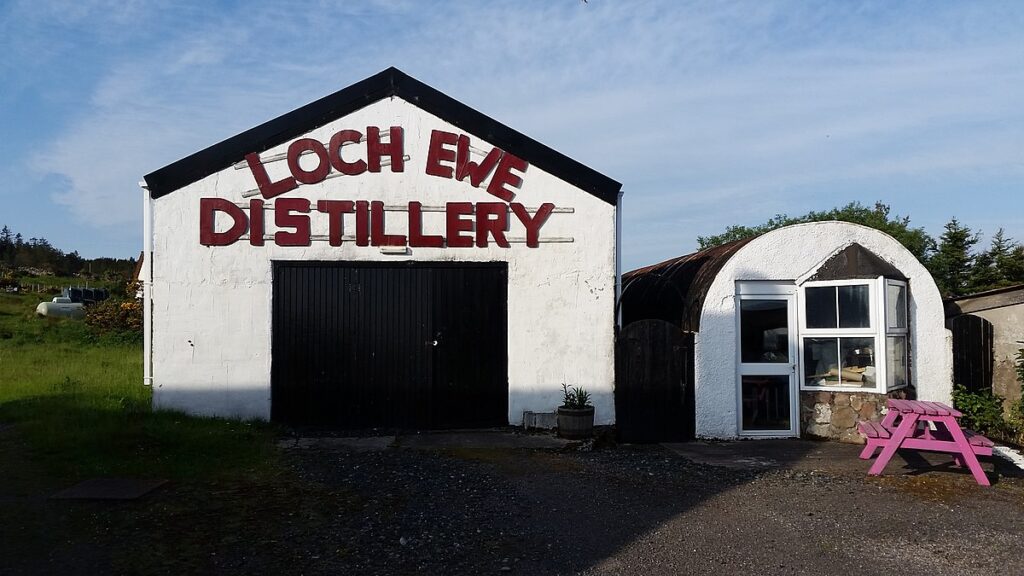
Loch Ewe Distillery is known for housing the smallest legal stills in Scotland, with each still having a capacity of just 120 liters. This makes Loch Ewe a unique distillery in the whisky industry, producing a modest 600 liters of new make spirit per year. The distillery, located in Aultbea on the shores of Loch […]

Invergordon Distillery, located in the far north-east of Scotland, is a significant example of grain distilling in a region more traditionally associated with malt whisky. Founded in 1959, Invergordon began operations in 1961, at a time when Scotland’s central belt dominated the grain distilling industry due to access to a wide range of grains and […]
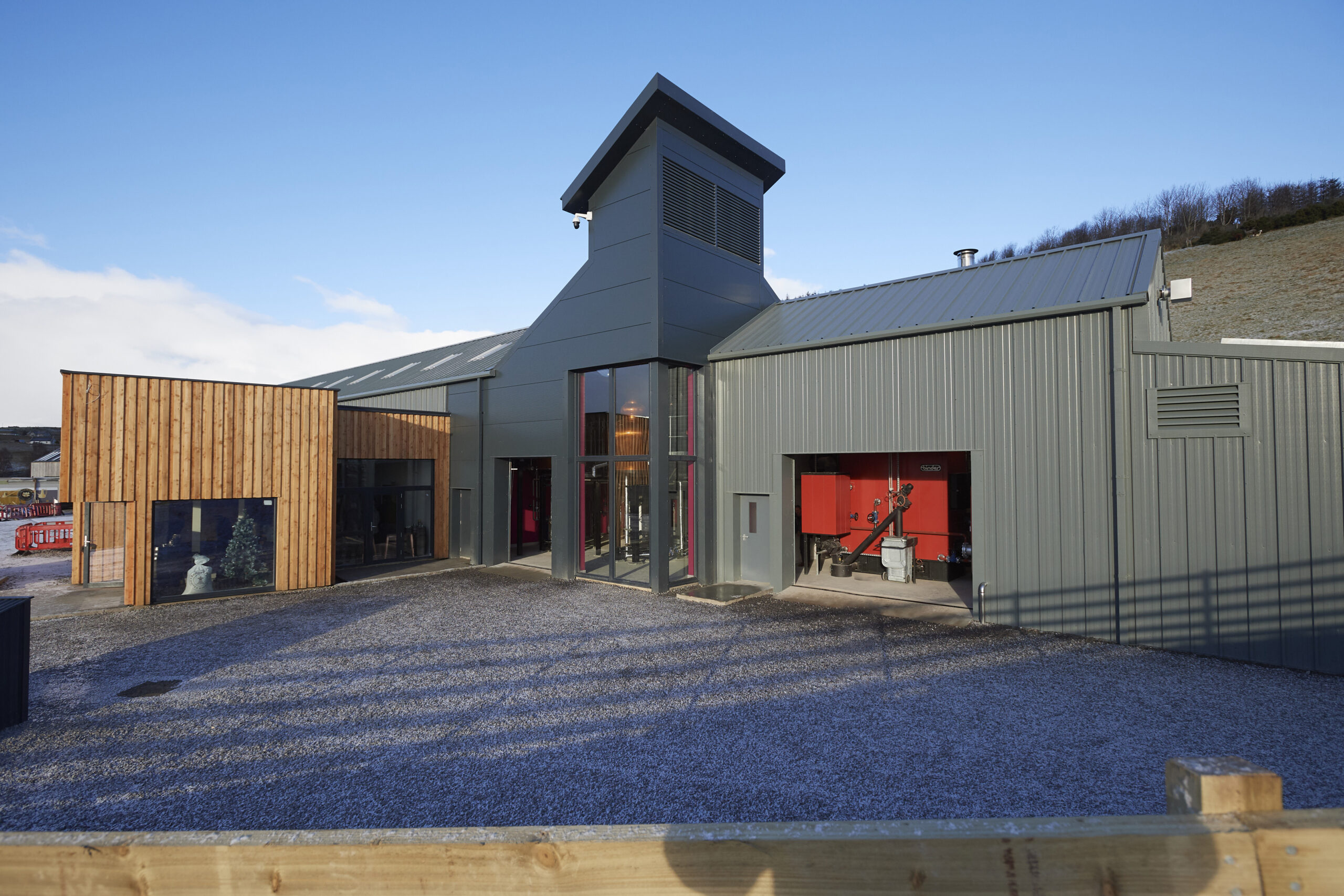
GlenWyvis Distillery, located in Dingwall, Scotland, stands out as the country’s first community-owned distillery, as well as the first to be entirely powered by renewable energy. The distillery is dedicated to producing a distinctive “Highland style” whisky, known for its green, grassy newmake spirit that undergoes long fermentations with plenty of copper contact. Its maturation […]

Glenturret Distillery, known for its farm origins and rustic whisky-making approach, is one of Scotland’s smallest distilleries. Despite the simplicity of its operations—such as a mash tun that holds only a tonne of grist, wooden washbacks, and slightly rudimentary stills—the spirit produced is light, acidic, and intense. The distillery also produces some heavily peated malt […]
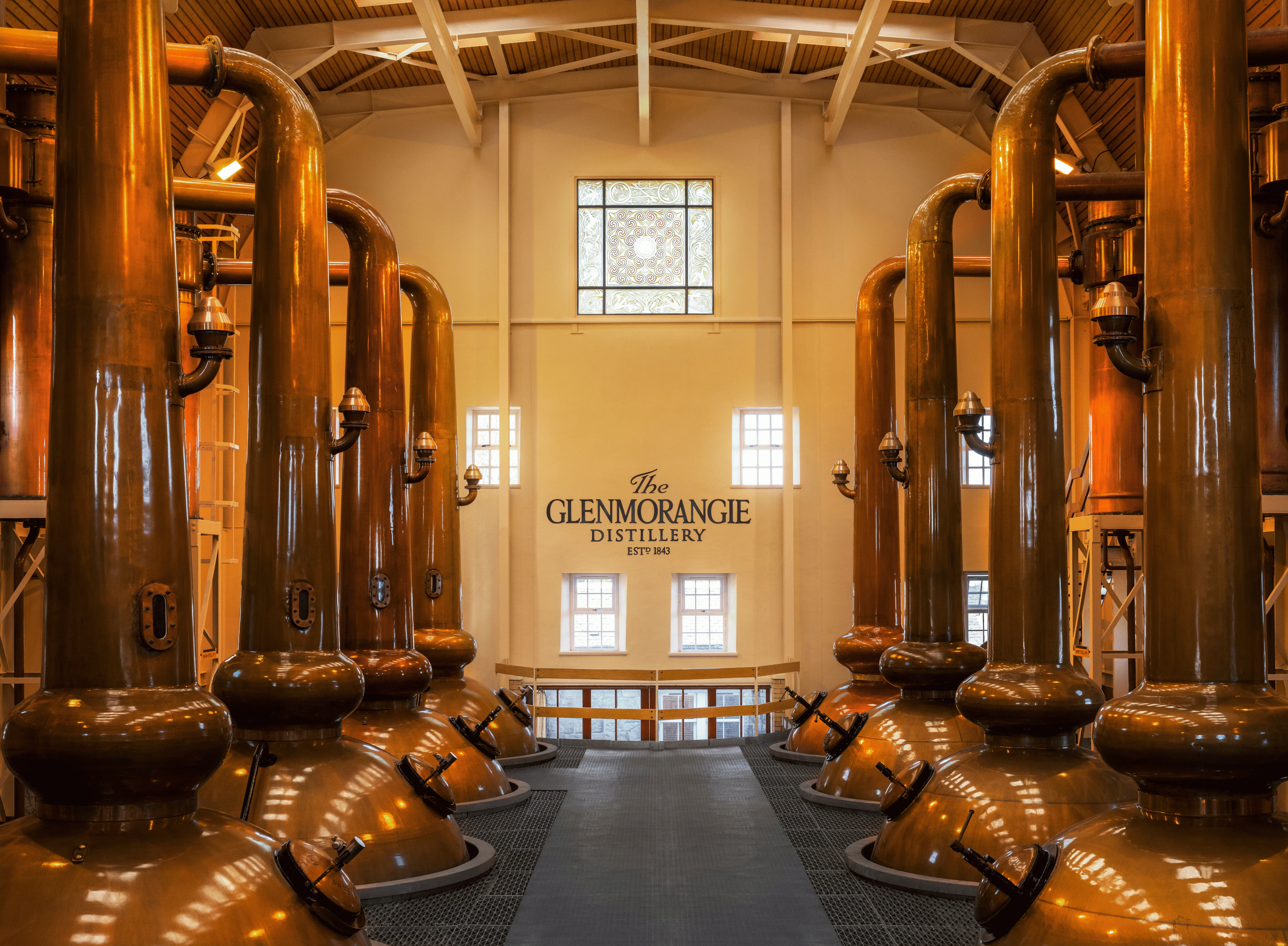
Glenmorangie Distillery is renowned for its pioneering work in wood management, which often overshadows its innovative distillation process. The whisky-making journey begins with mashing unpeated barley using water from the distillery’s Tarlogie Springs, one of the few hard water sites in Scotland. Glenmorangie occasionally adds chocolate malt to the mash for their Signet brand, showcasing […]
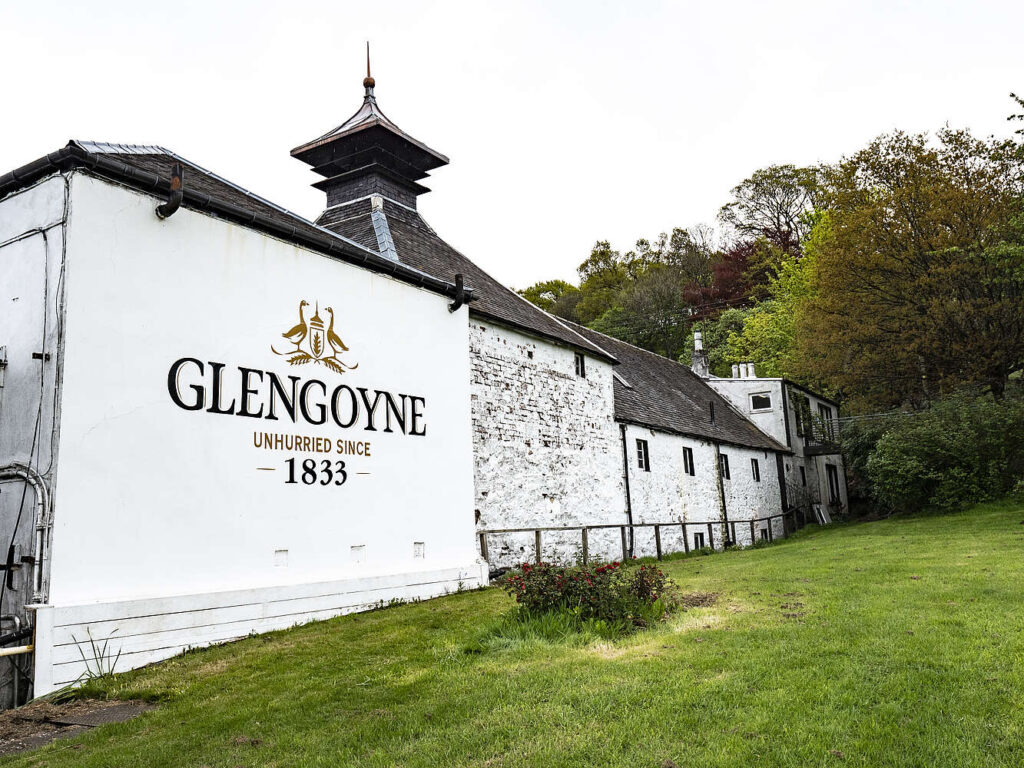
Glengoyne Distillery, located beneath Dumgoyne in the Campsie Fells, is a small farm-style operation that has garnered significant recognition despite its modest size. The distillery is known for its combination of long and very long fermentations, contributing to the depth of flavor in its whisky. The distillation process is notably slow, with three stills (one […]









